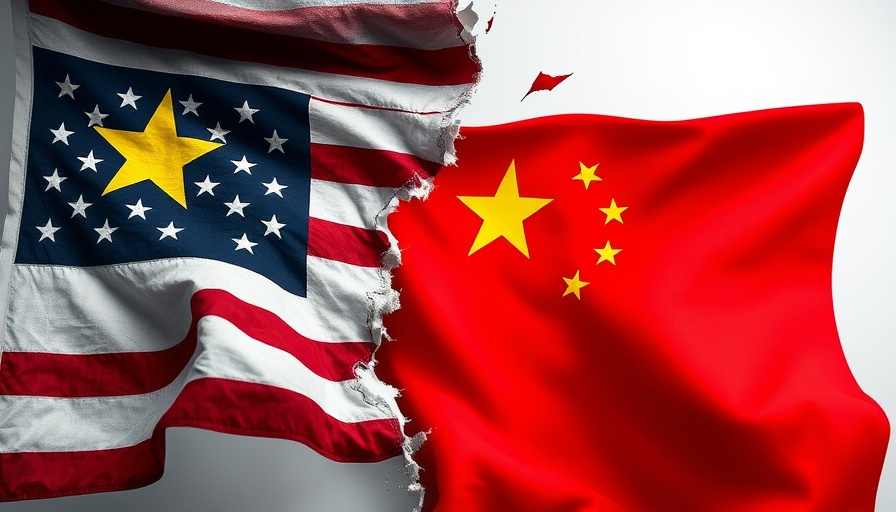
Facing Uncertainty: The Impact of Tariff Turmoil
The landscape of international trade has been drastically altered, particularly in the wake of President Trump's sweeping tariffs on imports. Not only do these tariffs create direct financial implications for brands, but they also inject a cloud of uncertainty into the broader economic climate. Companies face a daunting task: adjust their strategies in real-time while attempting to maintain consumer confidence.
Brand Responses: Innovative Strategies Amidst Crisis
In response to the economic fallout, many companies are recalibrating their pricing, production, and messaging strategies. For example, Ford Motor Company recently launched a campaign to emphasize its commitment to U.S. manufacturing in light of the tariffs levied on imported vehicles. This campaign not only serves to reassure American consumers but also aligns with strategic pricing adjustments that include employee pricing for upcoming models.
Similarly, the sexual wellness brand Dame has taken the bold step of implementing a ‘Trump tariff surcharge’ to reflect the increased costs of imported goods. This transparent approach in communication with consumers is an example of how brands can navigate controversy while maintaining their integrity. Their honesty resonates well with consumers, thereby bolstering loyalty even in trying times.
Shifting Supply Chains: A Necessary Evolution
The decision to reassess supply chains is becoming increasingly prevalent among brands affected by the tariffs. With rising tariffs on imports from China, companies are now evaluating their overseas production strategies and exploring domestic alternatives to mitigate costs. This transition poses both challenges and opportunities—while domestic production may increase costs in the short term, it also opens avenues for local partnerships and strengthens community ties.
Price Adjustments: Balancing Profit and Consumer Sentiment
Brands are now more than ever faced with the conundrum of balancing profitability with consumer sentiment. The spice company Burlap & Barrel, for instance, has decided to initiate a ‘tariff sale’ offering customers discounts as a tactic to maintain loyalty while adjusting for increased costs. This tactical response not only attracts bargain hunters but also frames the brand as attentive to consumer concerns over rising prices.
Future Predictions: What Lies Ahead for Brand Strategies?
With markets fluctuating and consumer confidence waning, the direction brands take in response to tariffs could shape future strategies. Experts suggest that the key to navigating uncertainty lies in adaptability; companies that can pivot quickly will likely emerge stronger. Incorporating feedback mechanisms from the consumer base will also be critical in tailoring services and products to evolving demands.
As we continue to witness the ripple effects of global trade policies, close observation of market trends and consumer behavior will prove essential. Brands will need to not only focus on their internal strategies but also foster transparent communication with their audiences to maintain relevance.
In conclusion, while the challenges posed by tariff turmoil are substantial, they also present unique opportunities for innovation and engagement. Companies that embrace change and maintain open dialogue with consumers will likely find pathways to success amidst the chaos.
As an executive navigating these turbulent waters, it is imperative to stay informed and agile in strategy formation. Align your approach with a well-considered response plan to thrive amidst ongoing economic shifts.
 Add Row
Add Row  Add
Add 




Write A Comment